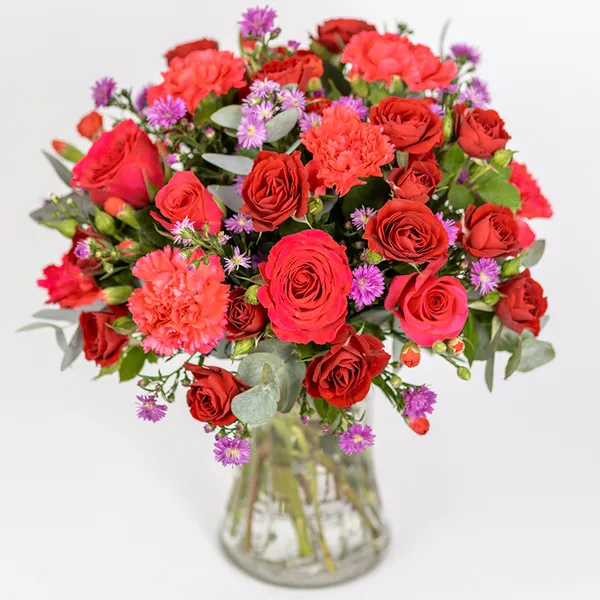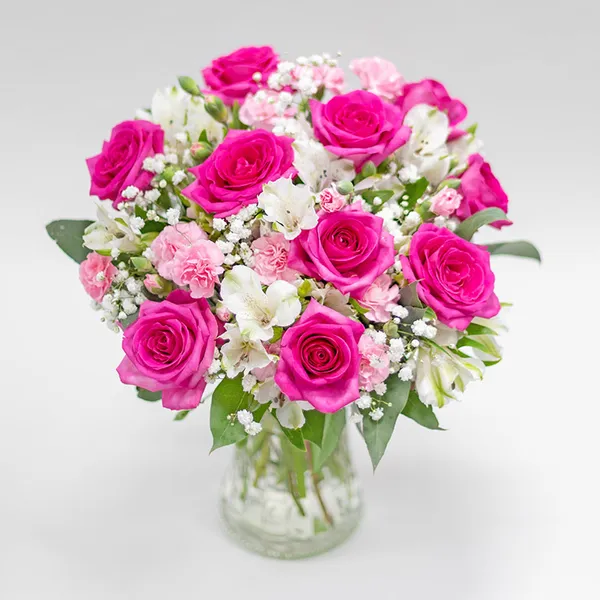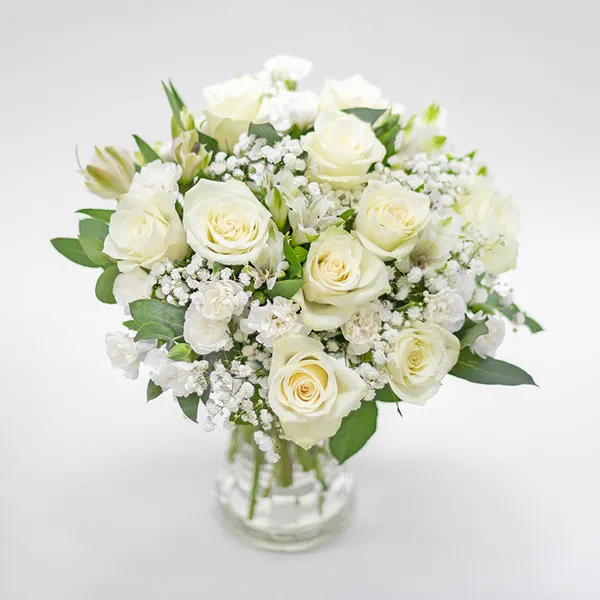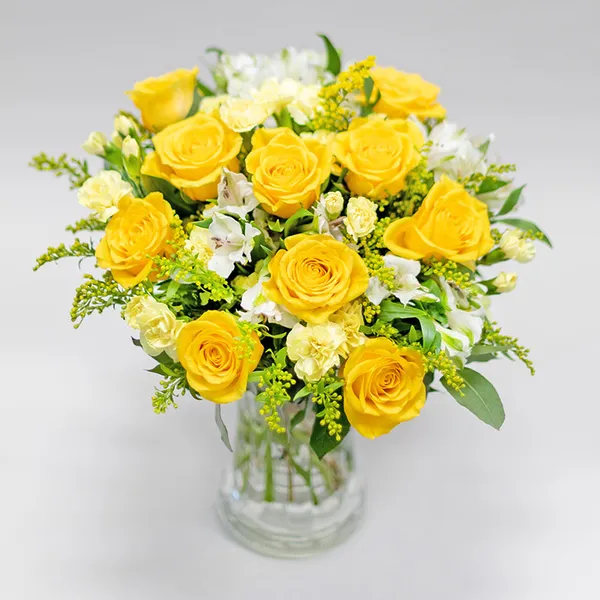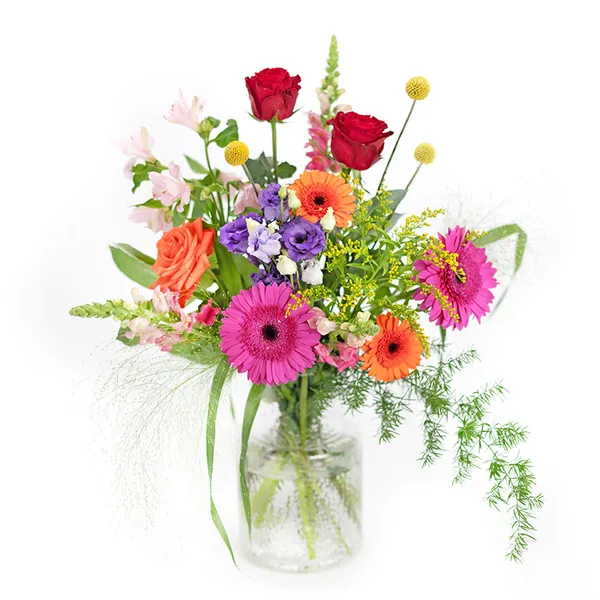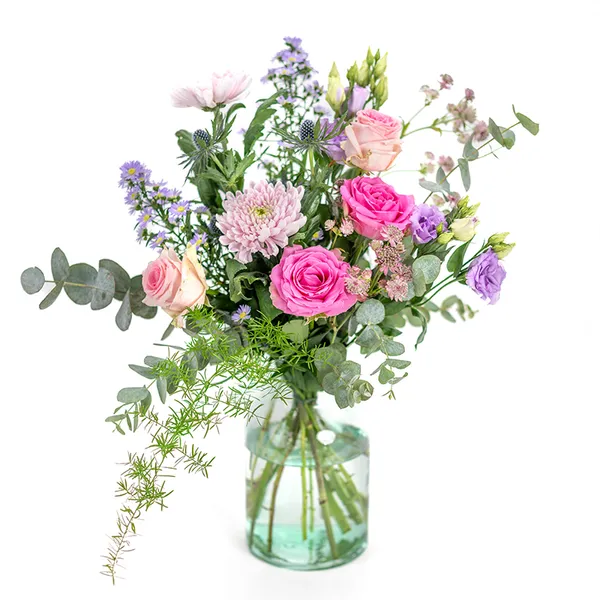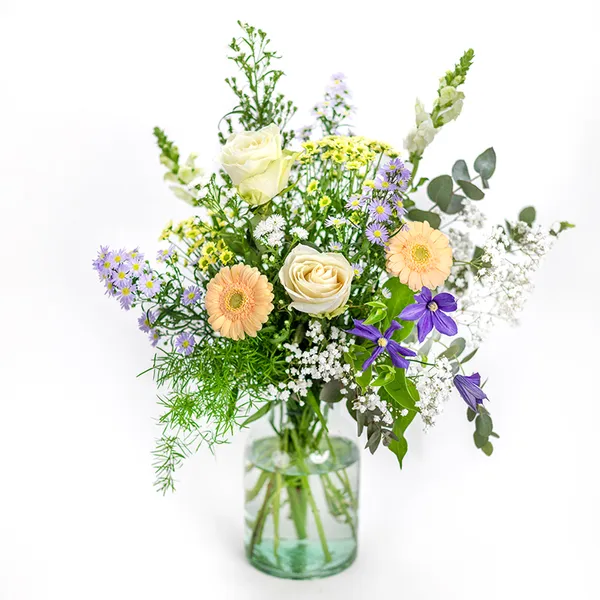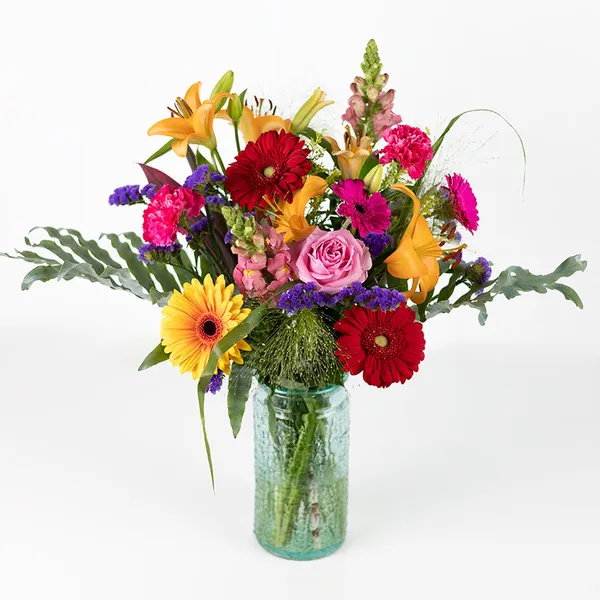Blossoming Legends: 12 Mythology and Folklore Flowers
Flowers have been deeply ingrained in mythology and folklore throughout human history. Many boast different symbolic meanings, enchanted qualities, and having enthralling narratives associated with them. Stories of beauty, love, and metamorphosis have been inspired by these plants, from ancient to current times. Let’s explore 12 mythical flowers that have had a lasting influence on folklore and mythology.
1. Lotus
Many ancient cultures place great emphasis on the lotus flower, especially in Buddhism, Hinduism, and Egyptian mythology. The lotus, with its pristine petals rising from muddy water, frequently connected to enlightenment, purity, and rebirth, represents transcendence and spiritual awakening. Lotus blossoms are mythical flowers and symbols of divine beauty and purity — often appearing in Hindu mythology, portraying the deity Vishnu sitting on them.
2. Rose
The rose, which stands for beauty, passion, and love in mythology and folklore, is arguably the most recognisable flower in history. Greek mythology associates roses with Aphrodite, the goddess of love, who is credited with creating the flower from her own tears and the blood of her lover Adonis. This association still shapes how people view roses today, elevating them to a status of timeless emblems of beauty and passion.
3. Daffodil or Narcissus
Daffodils are arguably the widely recognised mythical flowers. Greek mythology tells us of Narcissus, a handsome young man who fell in love with his own reflection in a pool of water after failing to recognise those who loved him. Nemesis, the goddess of retribution, placed a curse on him, resulting in Narcissus being unable to pull himself away and eventually killing himself. As a result, a narcissus flower bloomed and was a marker of the effects of self-obsession and solipsism. Themes of vanity, self-love, and the transient nature of beauty are all expressed in this story. Because of its early spring bloom, the daffodil, a species of narcissus, represents rebirth and fresh beginnings.
4. Pomegranate
The fruit and flower of the pomegranate tree are filled with mythical allusions and symbolism. Greek mythology associates the pomegranate with Persephone (the Queen of the Underworld), whose ingestion of its seeds consigned her to the underworld for a portion of the yearly cycle. This myth represents fertility, life, and death and explains why the seasons change. Many cultural traditions continue to honour the pomegranate's vivid red fruit and blooms.
5. Marigold
An abundance of folkloric tales and myths involve marigolds, which are frequently connected to the sun, life, and death. Marigolds were supposedly used in rituals honouring the sun deity in Aztec mythology, and they are now a major part of Mexico's Día de los Muertos (Day of the Dead) celebrations. The vivid, golden blossoms represent the life-death cycle and are said to help the departed souls return to the world of the living. Marigolds are celebrated for their vibrant symbolism and ritualistic uses as a mythical healing flower.
6. Cherry Blossom
Sakura, or cherry blossoms, have a rich history in Japan, and are very much mythical flowers. They stand for beauty, rejuvenation, and the transient aspect of existence. Hanami, a traditional flower-viewing event that honours the fleeting beauty of the blooms, is one that millions of people celebrate and put on their bucket-lists to see at some point in their lifetimes. Numerous Japanese folktales also include cherry blossoms, which symbolise themes of impermanence and the value of life's transitory moments.
7. Daisy
Beyond their cheerful appearance, daisies hold a surprising depth of meaning and are magical flowers in mythology and folklore. They have been connected to a variety of tales, including the spirits of children and love and divination. Moreover, daisies’ sunny nature is associated with light and sun gods; in some civilizations, they were even considered protective against evil and utilised in folk medicine. There is also daisy lore in Christianity, some of which connect them to the Virgin Mary.
8. Sunflower
Sunflowers stand for devotion, love, and endurance. This symbolism is captured in the Greek tale of Clytie, a water nymph in love with the sun god Helios. The tale tells of her sadness after Helios falls for another, and how her unwavering gaze towards him led the gods to transform her into a sunflower. This metamorphosis enabled her to always follow the light, just like sunflowers do. Their vivid yellow petals and sun-like appearance make them a potent symbol of optimism and cosiness across many civilizations.
9. Peony
In Greek mythology, Paeon was regarded as the Physician of the Gods and a disciple of Aesculapius — the God of Medicine. When Paeon used a peony root to heal Pluto, Aesculapius became so envious and attempted to kill him. To save him, Pluto transformed Paeon into a peony to conceal his identity from the jealous Aesculapius. Because of this, the peony has come to signify compassion.
10. Poppy
Known for their brightly blood-red colour and sedative qualities, poppies have been linked to death and sleep. Greek mythology associates poppies with Demeter, the goddess of the harvest. Following the death of her daughter Persephone, it was believed that poppies helped ease her sadness and assist her in going to sleep. In connection with World War I, the flower additionally serves as a reminder and symbol to honour fallen soldiers.
11. Iris
The Greek goddess of the rainbow and messenger of the ancient Greek Gods, Iris, inspired the naming of the iris flower. The iris, with its eye-catching multi-coloured petals, represents wisdom, communication, and optimism. Irises are also symbolic of bravery and the monarchy in many civilizations. The exquisite flowers are still prized for their aesthetic appeal and deep symbolic significance.
12. Jasmine
Jasmines are known for their enticing scent and are often associated with sensuality and love. According to Hindu legend, the god of love, Kama, makes his arrows — which arouse passion and desire — from jasmine petals to pierce hearts. The exquisite white flowers are often used in religious and cultural occasions because they represent purity and heavenly love.
Discover the Timeless Beauty of Flowers
In mythology and folklore, flowers have long been associated with a variety of themes, including love, beauty, rebirth, and transcendence. These flowers' eternal significance and ageless beauty are highlighted by the complex fabric of stories and traditions surrounding them. So next time you receive a bouquet, consider the hidden messages these blooms might be conveying.

